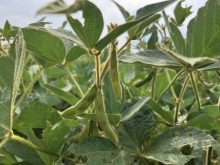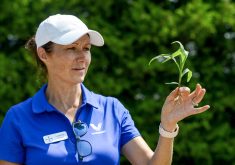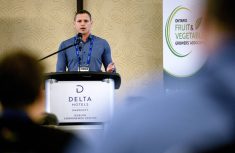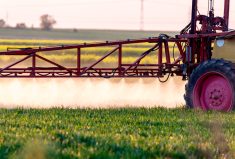It’s a tale of two competing challenges that come together in every farmer’s field.
The regulatory environment for crop protection chemistry is complicated. The working conditions in which farmers and other applicators operate is no less complex.
In the spring and summer of 2024, Jason Deveau, OMAFA’s application technology specialist, embarked on a series of in-cab visits with sprayer operators to see how they find a balance between what’s technically correct and what’s practical in the field.
Read Also
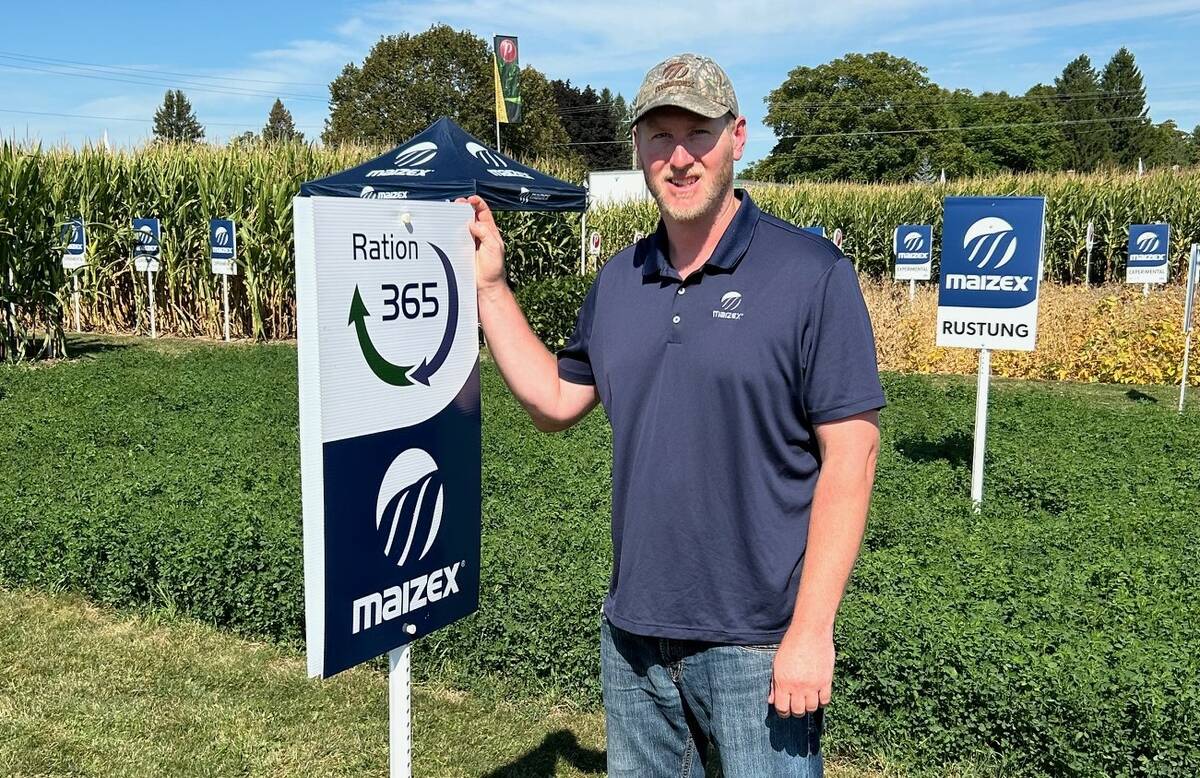
Maizex brings Elite forage seeds under its brand umbrella
The seed catalogue for Maizex Seeds takes on a different look for its 2026 edition thanks to the introduction of a new marketing initiative dubbed “Ration 365.”
Deveau’s Drive-Along Diaries, a four-part article and audio series detailing his experience shadowing four different sprayer operators, highlighted unique approaches to solving common spray application challenges, logistics, the limitations of technological aids, and public relations.
Deveau’s intention was to share stories and case studies and challenge his own notions of what constitutes effective spraying.
“We have very rigid rules for a very imperfect system. We often have to choose the lesser of two evils,” says Deveau, referring to how applicators have to stay flexible to account for different product specifications, working areas and environmental conditions.
“There are no rule books for that kind of thing … It’s a nice way to be reminded that some rules need to be interpreted.”
Ambassadors for agriculture
Deveau’s first host was an arborist who frequently treats trees in urban settings.
Key take-aways from this visit, says Deveau, were that label directions continue to provide inadequate instructions for covering large three-dimensional crops like fruit and ornamental trees. What could be considered the minimal effective dose in a given situation is also nebulous. An experienced and highly observant eye is needed to gauge the problem and product at hand.
Public relations were also top of mind. As Deveau writes in his inaugural Drive-Along Diaries entry, the “urban-rural interface can cause friction between agricultural production and surrounding residential areas. Not only as a function of pesticide drift, but also noise, dust, odour, etc.
“Arborists work in urban environments, are scrutinized constantly and are quite often misunderstood by well-meaning people. As such, their job is far more than product application — they spend a considerable amount of time educating and answering questions, making them front-line ambassadors for crop protection processes.”
Speaking to Farmtario, Deveau described his arborist host as “an ambassador for all of us, and none of us knew he was there.”
Western Canadian Kool-Aid
The limits of auto-steer and precision application technologies were also on display while in the sprayer cabs of a grain farmer and a custom applicator.
The application of nitrogen in irregularly shaped winter wheat fields, for example, required manual adjustment of the sprayer’s settings rather than what would be a set-and-forget approach elsewhere in the country. Deveau says it was a reminder that he has “drank Western Canada’s Kool-Aid for a long time.”
“Sometimes even I forget we’re not driving acres and acres of flat land all the time, where the concept of sprayer efficiency comes down to fill faster and clean faster …. I guess I expected to see them making wicked pit stops,” says Deveau. Instead, attentiveness was the efficiency winner.
“Our fields are strangely sized, not all in the same place. There’s lots of physical obstructions. The operators I drove with were fully engaged, always calculating.”
Good enough coverage?
Another stand-out point for Deveau was the different strategies employed by farmers and custom applicators when applying fungicides to broad-acre crops as opposed to higher-value horticultural crops.
In the latter, says Deveau, uniform and complete coverage is critical to safeguarding the growers’ investment. In the former, lesser coverage has historically been deemed acceptable in an effort to not trample more crop than necessary.
But as disease pressures continue to mount, and particularly in light of tar spot across much of the province, Deveau wonders whether a revaluation of the trade-off is required.
“I’m just wondering where that’s going to take us. We’ve always had disease issues, but now we have tar spot … It shows you everything you missed. I think we might be seeing an evolution in our approach.
“Fungicides were always kind of optional in certain crops. Now, they’re not as optional. I think I wouldn’t have realized where we are if I hadn’t driven with these pros.”
Deveau’s full Drive-Along Diaries series can be found in text and audio format on Sprayers101.com




